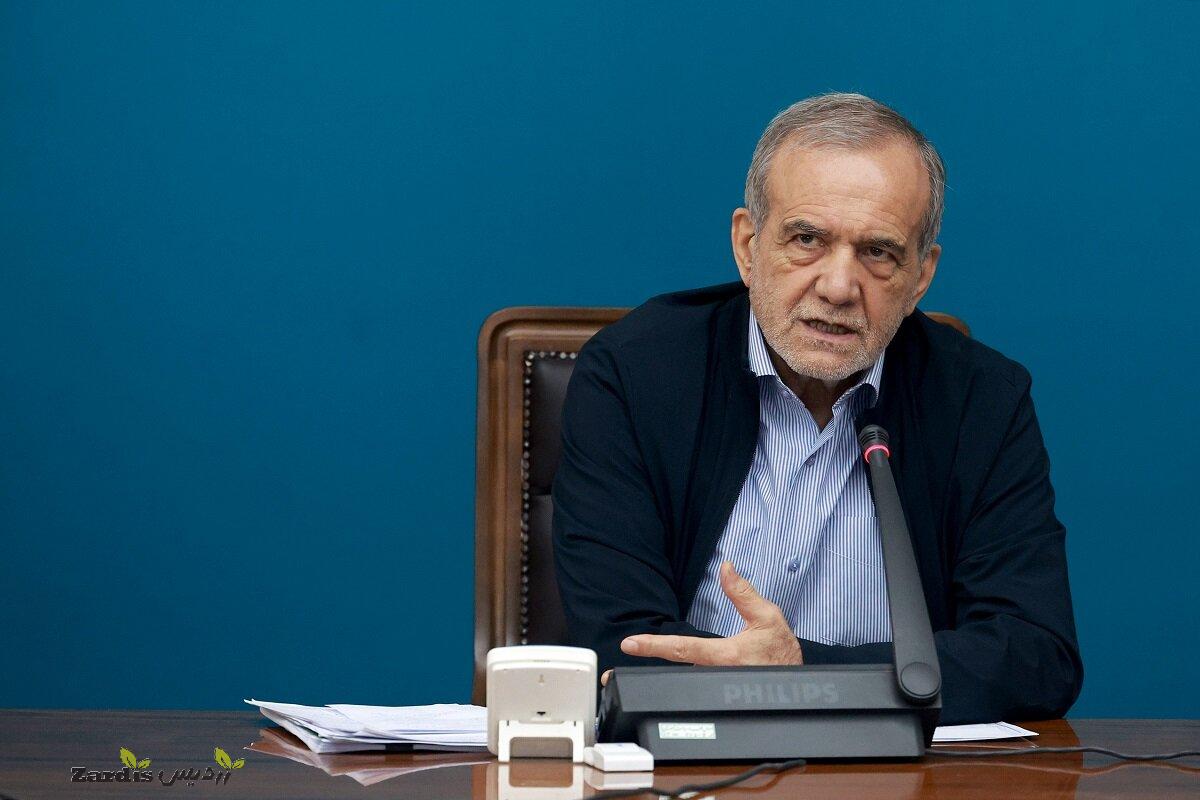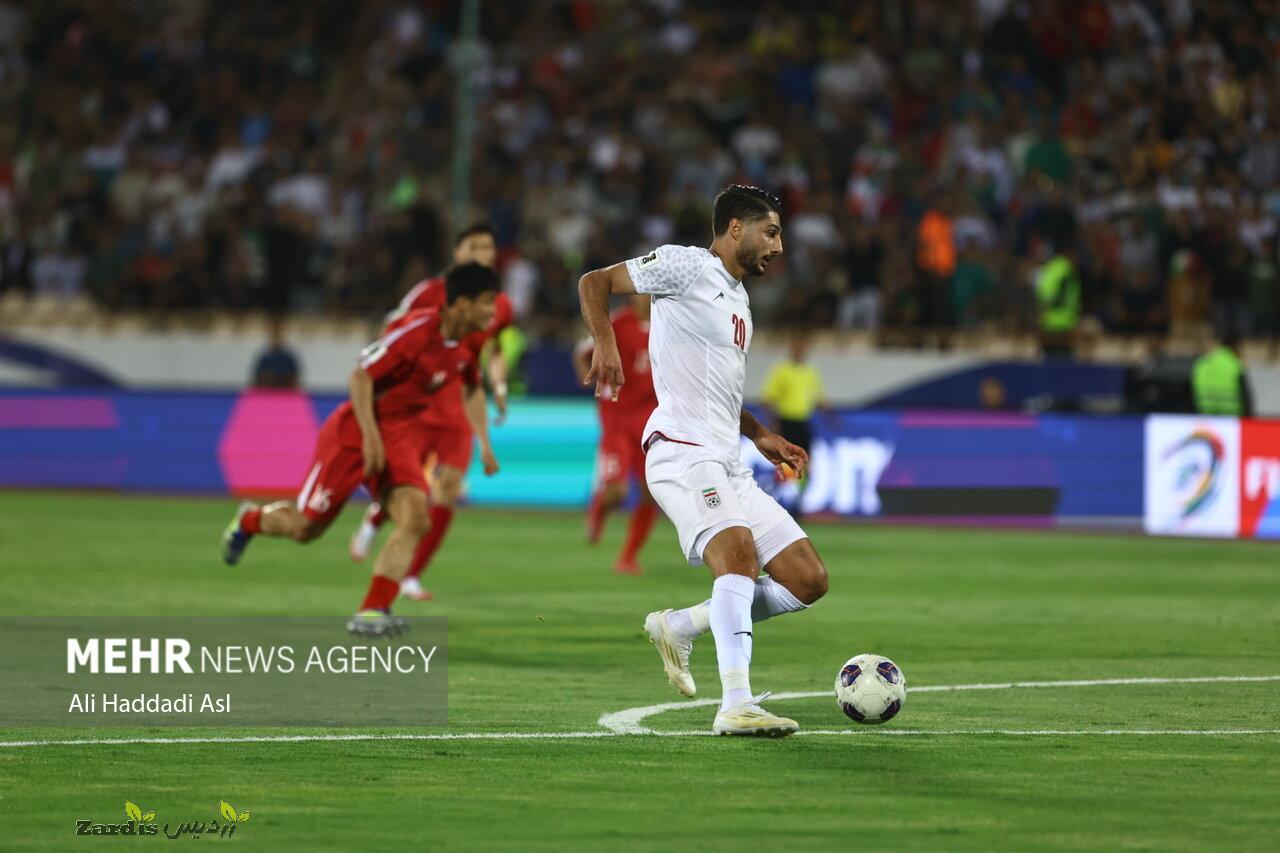TEHRAN – The Director of the National Iranian Oil Refining and Distribution Company (NIORDC)’s compressed natural gas (CNG) programs Mohammad-Hossein Baqeri has said that 132,000 public transport vehicles are going to become dual-fueled across the country.
The mentioned vehicles are going to become dual-fuel under the framework of a program launched back in May 2020, for the promotion of CNG consumption instead of gasoline. The program is aimed at converting over 1.46 million public vehicles into dual-fuel ones.
According to Baqeri, so far over 306,000 vehicles have registered in this program of which only 132,000 have met the required criteria to become dual-fuel.
Some 16,400 of the approved vehicles have been introduced to designated centers and are currently in line to be converted and 15,500 are also in line to be introduced to the mentioned centers, the official said.
Baqeri further noted that six contractors have been selected for converting the mentioned vehicles, and to this end, 279 centers have been equipped across the country.
The official also announced the preparation for turning 200,000 vehicles active in car agencies and internet taxi platforms into dual-fuel cars.
Since the implementation of a program for rationing subsidized gasoline and increasing fuel prices in November 2019, CNG consumption has been rising in the country.
Iran’s CNG consumption which stood at 19 million cubic meters (mcm) per day before the implementation of the fuel rationing scheme, has now reached 21 mcm.
There are currently 2,400 CNG stations across Iran that supply 22 percent of the country’s fuel basket.
Iranian Oil Ministry considers CNG as the national fuel, therefore, to increase the share of this fuel in the country’s energy basket, it was planned to turn public vehicles into dual-fuel cars, which can increase CNG consumption by 10 mcm per day.
EF/MA
- News code 23148
- 250 View
- بدون نظر







